Disclosure: This article contains affiliate links. We may earn a commission from purchases at no extra cost to you, which helps our travel content.
The moment you step into Old Delhi's maze-like streets, time becomes a fluid concept. Centuries-old monuments stand shoulder to shoulder with electrical repair shops, while the air carries the competing aromas of fresh jasmine, diesel fumes, and sizzling street food. As a travel writer who has documented endangered landscapes across six continents, I'm no stranger to sensory overload. Yet each time I return to Old Delhi—this living, breathing palimpsest where layers of Mughal, British colonial, and modern Indian history collide—I find myself wonderfully disoriented. During my recent winter sojourn, I spent three days navigating the labyrinthine gullies (narrow lanes) of this ancient quarter, originally known as Shahjahanabad when Emperor Shah Jahan established it as his capital in the 17th century. What follows is my carefully edited (old habits die hard) guide to experiencing this chaotic urban treasure on foot—where getting lost isn't just inevitable, but essential to the journey.
Preparing for the Sensory Onslaught
Before diving into Old Delhi's captivating chaos, proper preparation can mean the difference between an overwhelming ordeal and a transformative experience. Winter (November through February) offers the most merciful climate, with temperatures hovering between 8-25°C (46-77°F)—a welcome reprieve from the punishing summer heat that can exceed 45°C (113°F). Even in winter, Delhi's infamous pollution can be problematic, so I never venture out without a quality pollution mask tucked into my daypack.
Dress modestly—I opt for loose cotton pants, a long-sleeved tunic, and a light scarf that doubles as protection from both sun and pollution. Comfortable, closed-toe walking shoes are non-negotiable; the uneven cobblestones and occasionally unsavory street conditions demand proper footwear. During my recent exploration, I witnessed countless tourists limping in inappropriate sandals, their day effectively ruined.
Necessities for your daypack should include: a reusable water bottle (filled with filtered water), hand sanitizer, tissue packets, a small first-aid kit, and a portable power bank. My trusty power bank has saved me countless times when my phone battery drained from excessive photo-taking and map-checking.
Perhaps most importantly, bring a healthy dose of patience and cultural sensitivity. Old Delhi operates at its own rhythm—one that rarely aligns with Western expectations of efficiency or personal space. As my father used to say during our explorations of remote Canadian coastlines: 'The landscape doesn't bend to your schedule; you bend to its.'

💡 Pro Tips
- Wear closed-toe, comfortable shoes with good grip—you'll encounter everything from uneven cobblestones to unexpected puddles
- Carry small denominations of Indian currency for street food and impromptu purchases
- Download offline maps before your journey—Google Maps works surprisingly well in the labyrinth of Old Delhi
Dawn at Jama Masjid: Beginning Your Journey
There's a particular magic to Old Delhi in the early morning hours—a brief window before the full cacophony of the day erupts. I've learned through multiple visits that beginning at Jama Masjid, one of India's largest mosques, provides both a geographical anchor and a moment of relative tranquility before plunging into the neighborhood's beautiful chaos.
I arrived just after sunrise, when the mosque's imposing red sandstone and white marble façade was bathed in golden light. Built between 1644 and 1656 by Shah Jahan (the same emperor who commissioned the Taj Mahal), the mosque can accommodate 25,000 worshippers. Its vast courtyard offers a momentary respite from the density that defines the rest of Old Delhi.
Visitors must remove shoes before entering (attendants will guard them for a small fee), and non-Muslim visitors should time their visit outside prayer hours. Women must cover their heads, arms, and legs—I always bring a large scarf for this purpose, though rentals are available at the entrance.
Climb one of the southern minarets (40 rupees extra) for a panoramic view that contextualizes the labyrinth you're about to enter. From this vantage point, Old Delhi resembles a living organism—its narrow arteries pulsing with humanity, the occasional dome or spire punctuating the dense urban fabric. This perspective helped me mentally map the chaos before descending into it.
As I stood atop the minaret during my last visit, watching the city awaken—shopkeepers raising their shutters, street food vendors stoking their fires—I was reminded of a manuscript I once edited about ancient cities. The author had written: 'Urban spaces are living documents, constantly being revised by their inhabitants.' Nowhere is this more evident than in Old Delhi, where centuries of human stories are written into every brick and alleyway.
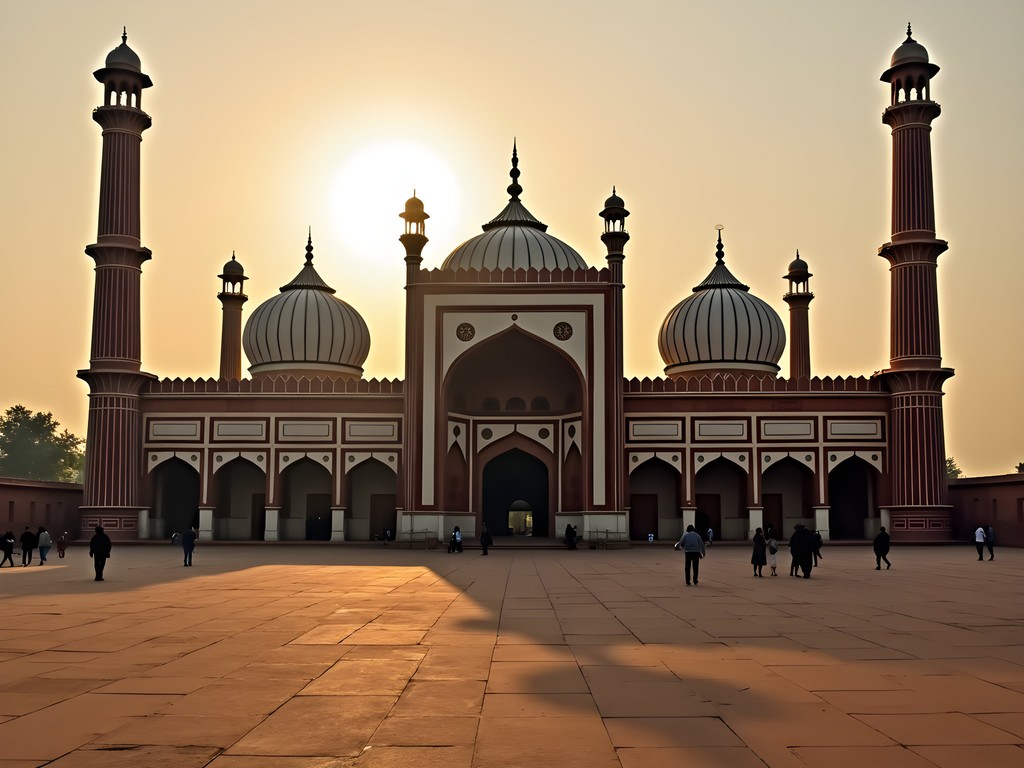
💡 Pro Tips
- Visit between 8-9am to avoid crowds but ensure the mosque is open (closed to tourists during prayer times)
- Bring a headscarf if you're female and dress modestly regardless of gender
- Pay the small fee (200 rupees) for a camera if you plan to take photos
Navigating the Labyrinth of Chandni Chowk
From Jama Masjid, I made my way west along Chandni Chowk, Old Delhi's commercial spine that has remained a bustling marketplace since the 17th century. The name translates to 'Moonlight Square,' allegedly because a canal once ran through its center, reflecting moonlight. Today, that poetic image seems almost laughably at odds with the street's frenetic energy.
Chandni Chowk defies simple navigation. Its main thoroughfare is chaotic enough, but the real adventure lies in the specialized bazaars that branch off like neural pathways: Khari Baoli (Asia's largest spice market), Dariba Kalan (for silver jewelry), Kinari Bazaar (wedding paraphernalia), Paranthe Wali Gali (the famous lane of paratha shops), and countless unnamed alleyways where artisans practice crafts passed down through generations.
During my exploration, I found myself constantly editing my route—sometimes by choice, often by necessity as human traffic, handcarts, and the occasional wandering cow dictated my path. This is not a place for rigid itineraries. I'd planned to spend an hour in the spice market but lost track of time watching merchants negotiate prices for saffron and cardamom with the intensity of diplomats brokering international treaties.
Navigational tools are both essential and hilariously inadequate here. My travel guidebook provided historical context, but the true navigation came through human interaction—asking shopkeepers for directions (which often led to chai invitations) and following the flow of local foot traffic.
The sensory experience is overwhelming by design. In Khari Baoli, pyramids of turmeric, chili, and coriander create a spice rainbow while their aromas compete for attention. In Dariba Kalan, silver catches light in hypnotic patterns. Sound becomes a physical presence—hawkers' calls, devotional music from hidden temples, the persistent honking that serves as Delhi's urban soundtrack.
For those easily overwhelmed, I recommend what I call 'sensory retreats'—ducking into a quieter side lane or finding a rooftop café where you can observe the chaos from a distance. The haveli (mansion) rooftop cafés near Kinari Bazaar offer particularly good vantage points.

💡 Pro Tips
- Walk on the left side of narrow lanes to avoid collisions with oncoming traffic
- Photograph with intention and always ask permission before taking pictures of people
- When completely disoriented, look for the domes of Jama Masjid or Red Fort to reorient yourself
Street Food Safari: Eating Like a Local
To truly understand Old Delhi, you must eat your way through it. The neighborhood's culinary landscape is as layered as its history, with recipes passed down through generations and techniques that predate electricity. However, approaching street food here requires both courage and strategy, especially for foreign stomachs.
My approach combines adventure with caution. I follow a simple rule: eat where locals queue. Long lines of Delhi residents are the most reliable food critics—they know which vendors maintain cleanliness and quality. During winter visits, I'm particularly drawn to Old Delhi's warming specialties: steaming cups of masala chai, freshly fried jalebis dripping with syrup, and robust mutton nihari stews that simmer overnight.
Paranthe Wali Gali, a narrow lane dating back to 1650, remains my favorite culinary pilgrimage. Here, sixth-generation cooks press, stuff, and fry parathas (flatbreads) with fillings ranging from spiced potatoes to crushed pomegranate seeds. During my recent visit, I watched in awe as a cook at Pandit Gaya Prasad Shiv Charan simultaneously managed a dozen parathas on a massive iron griddle, his hands moving with editorial precision—adding ingredients, flipping breads, adjusting heat—all without breaking rhythm.
For the sweet-toothed explorer, Old Delhi's winter specialty is daulat ki chaat—a cloud-like milk foam dessert that's so delicate it can only be prepared during cool months when dew helps set the foam. Vendors carrying this ephemeral treat on silver platters appear throughout Old Delhi from November through February.
I recommend carrying your own reusable cutlery set to minimize waste and having a small notebook to record culinary discoveries. My most treasured souvenirs are often recipes shared by vendors proud of their culinary heritage.
A word of caution: even seasoned travelers should approach street food gradually. Begin with freshly cooked, hot items and avoid raw ingredients or tap water. I've learned this lesson the hard way—an overzealous sampling of chaat (savory snacks) once led to what my Jamaican grandmother would euphemistically call 'digestive editing' for several days afterward.
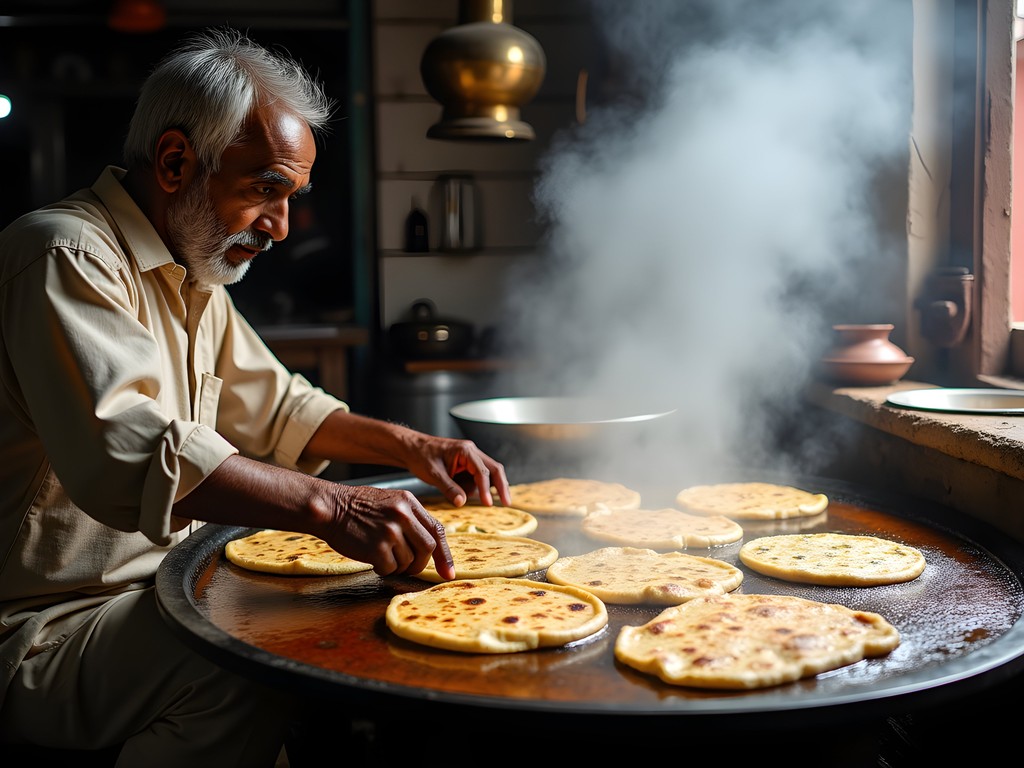
💡 Pro Tips
- Always carry bottled water and avoid ice in drinks
- Look for vendors who handle money and food with separate hands
- Start with small portions from multiple vendors rather than committing to one large meal
Hidden Haveli Treasures
Beyond the commercial chaos of Old Delhi's main arteries lies another world altogether—one of crumbling havelis (historical mansions) that once housed nobility during the Mughal era. These architectural treasures are often hidden behind nondescript facades, their grandeur revealed only to those who venture through unmarked doorways.
During my third day of exploration, I joined a specialized walking tour led by an architectural historian. While I typically prefer solo wandering, Old Delhi's havelis require contextual knowledge and, often, personal connections to access. Our small group slipped through a narrow doorway off Chandni Chowk into what appeared to be someone's home—and indeed it was. But it was also Chunnamal Haveli, one of Old Delhi's best-preserved historical mansions.
Built in the 19th century by a wealthy textile merchant, the haveli features Belgian chandeliers hanging above traditional Indian courtyard architecture—a physical manifestation of the cultural exchange that defined late Mughal Delhi. What struck me most was how these spaces remain living environments rather than museums. Laundry hung in courtyards where nobility once strolled; children did homework beneath fading frescoes of Hindu deities.
The haveli's current resident, a direct descendant of the original owner, guided us through rooms where his family has lived for seven generations. He pointed out architectural features I would have missed entirely—hidden ventilation systems designed for pre-electricity cooling, subtle Hindu motifs incorporated into ostensibly Islamic design elements, and weight-bearing structures that have kept the building standing through earthquakes and political upheavals.
'These buildings tell our complicated history better than any textbook,' he explained, showing us where British bullets had scarred a decorative archway during the 1857 uprising.
Several havelis now house small museums or heritage hotels, while others remain private residences accessible only through specialized tours. For those interested in architectural history, I recommend bringing a compact binoculars to study detailed carvings and frescoes that often adorn upper levels of these structures. Mine proved invaluable for appreciating intricate jharokha (overhanging enclosed balcony) details that would otherwise be missed from street level.
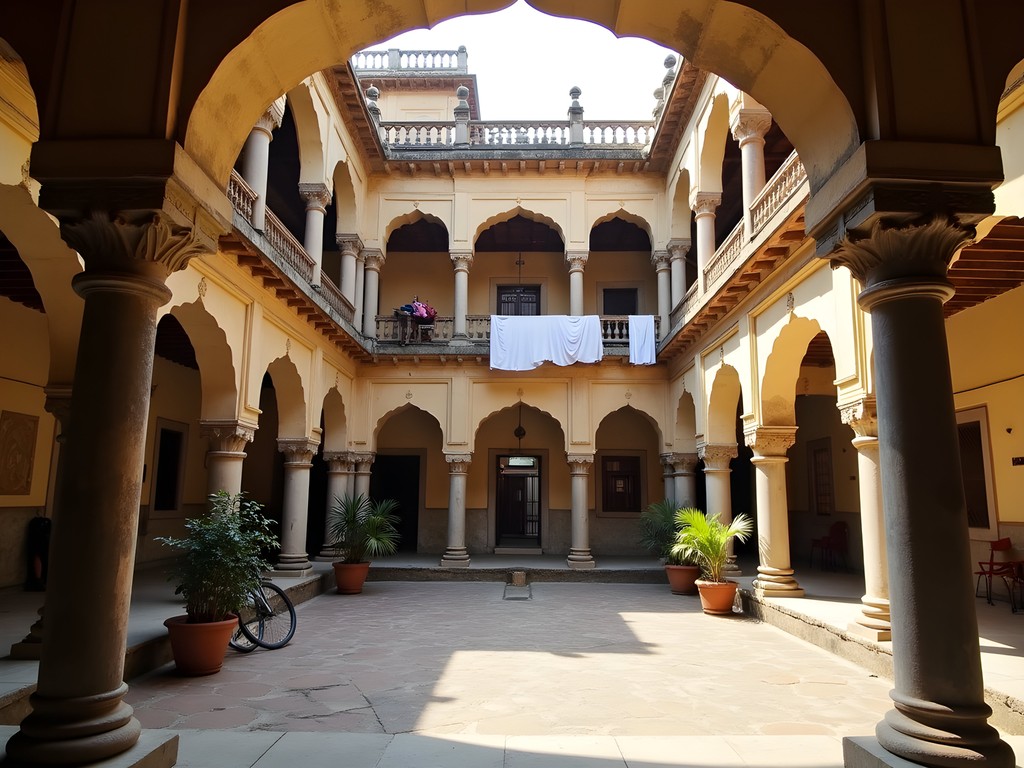
💡 Pro Tips
- Book specialized haveli tours in advance through heritage organizations rather than general tourist agencies
- Respect that many havelis are still private homes—keep voices down and ask before photographing interiors
- Bring cash for small donations to families who open their historic homes to visitors
Twilight Transitions: Old Delhi After Dark
As daylight fades, Old Delhi undergoes a remarkable transformation. The commercial frenzy gradually subsides, religious spaces come alive with evening rituals, and food vendors shift their offerings to heartier evening fare. This twilight transition offers a completely different perspective on the neighborhood—one that many day-trippers miss entirely.
During my recent winter visit, I deliberately stayed in a small heritage hotel near Chandni Chowk rather than retreating to New Delhi's more comfortable accommodations. This decision allowed me to experience Old Delhi's evening rhythm, which begins around 5:00 PM as shops start closing and locals head home or to evening prayers.
Jama Masjid becomes particularly atmospheric during the maghrib (sunset) prayer, when the call to prayer echoes across the neighborhood. Non-Muslims cannot enter during prayer times, but watching from a respectful distance as hundreds of worshippers stream through the grand gates offers a powerful cultural experience.
For Hindus, evening aarti (prayer ritual) at the neighborhood's temples creates pockets of devotional energy throughout Old Delhi. The Gauri Shankar Temple, dedicated to Lord Shiva, hosts particularly beautiful evening rituals where oil lamps illuminate ancient stone carvings.
As complete darkness falls, certain streets transform into nighttime food bazaars. Matia Mahal road, running behind Jama Masjid, becomes particularly alive with vendors selling kebabs, biryani, and winter specialties like paya (slow-cooked trotters soup). This is when I rely on my headlamp to navigate dimly lit alleyways while keeping my hands free for inevitable street food sampling.
Safety considerations change after dark. While Old Delhi isn't particularly dangerous, I recommend women travelers especially explore evening scenes with companions rather than solo. Dress conservatively, be aware of your surroundings, and consider arranging transportation back to your accommodation in advance if staying elsewhere.
The most magical twilight experience comes from finding an elevated vantage point to watch the neighborhood transition from day to night. Several rooftop cafés near Jama Masjid offer panoramic views where you can witness the gradual illumination of minarets and domes against the deepening blue sky, while the labyrinthine streets below become a constellation of lights.
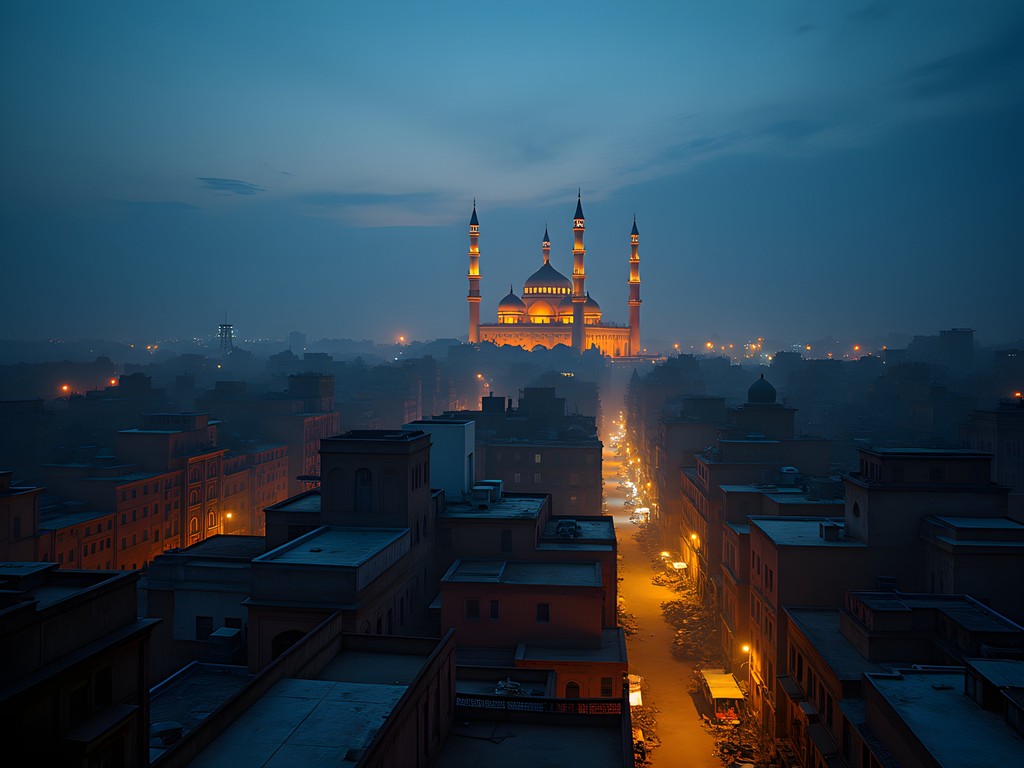
💡 Pro Tips
- Book a table at Karim's restaurant near Jama Masjid for dinner—this 1913 institution serves Mughlai cuisine worth the inevitable wait
- Carry a small flashlight or headlamp for navigating poorly lit alleyways after sunset
- Pre-arrange transportation if you're staying outside Old Delhi, as finding taxis can be challenging after dark
Final Thoughts
Old Delhi defies neat conclusions—it remains a work perpetually in progress, a living manuscript where centuries of human stories continue to be written, edited, and revised daily. My weekend exploration barely scratched the surface of this historical palimpsest, yet it reinforced what draws me repeatedly to such places: the resilience of cultural traditions in the face of modernity, the persistence of community in increasingly individualistic times, and the sensory richness that no digital experience can replicate.
As I departed through the chaotic tangle of cycle rickshaws near Chandni Chowk metro station, I found myself already mentally planning a return visit. Old Delhi demands multiple readings, like any complex text. Each journey reveals new layers, hidden meanings, and unexpected connections. For students and budget travelers willing to embrace discomfort and uncertainty, few urban experiences offer such profound rewards. Come with an open mind, comfortable shoes, and a willingness to get gloriously lost in one of humanity's most chaotic and compelling neighborhoods.
✨ Key Takeaways
- Start early at Jama Masjid to orient yourself before exploring the labyrinthine streets
- Follow locals to find authentic food experiences, but approach street food gradually to avoid digestive distress
- Book specialized tours to access historic havelis that remain hidden behind nondescript facades
- Experience Old Delhi after dark for a completely different perspective on the neighborhood
📋 Practical Information
Best Time to Visit
November through February (winter)
Budget Estimate
$30-50 per day including accommodation, food, and activities
Recommended Duration
2-3 full days
Difficulty Level
Challenging
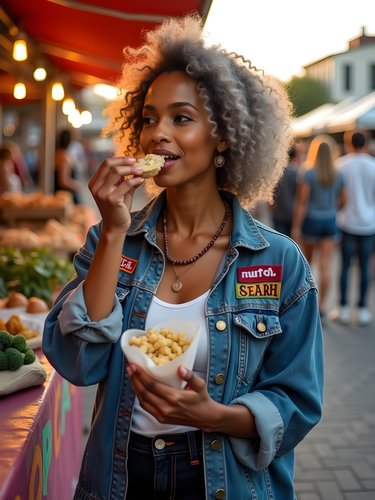
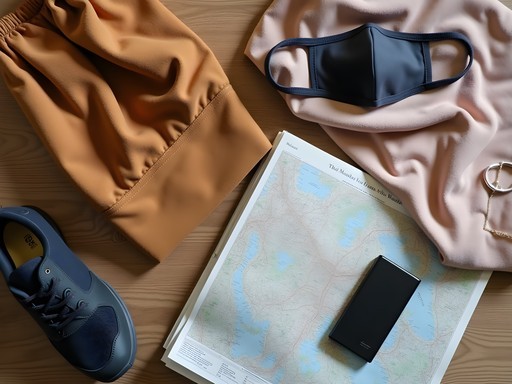
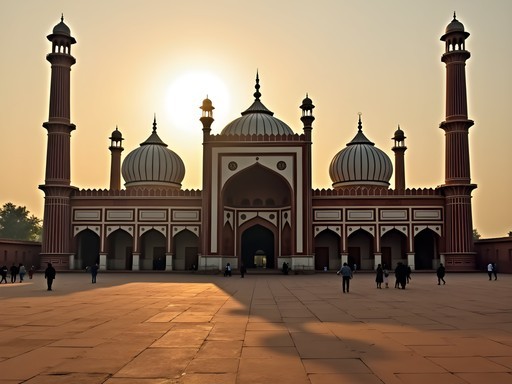
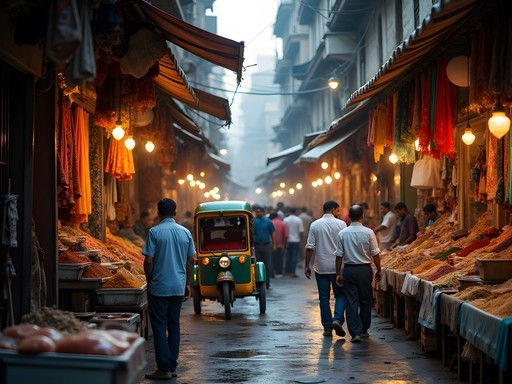
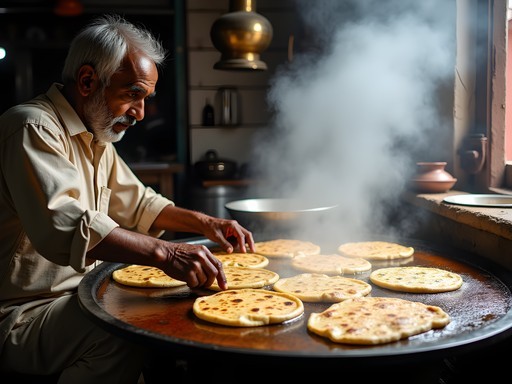

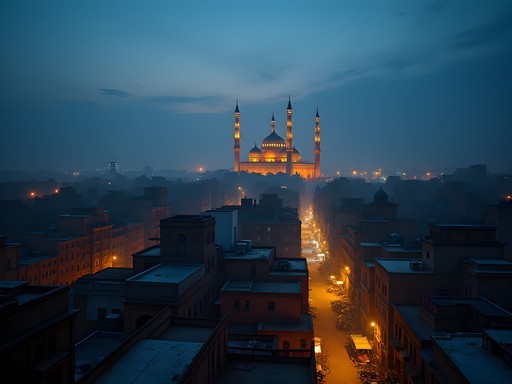










Comments
DelhiLocalGuy
As someone who grew up near Old Delhi, I'd recommend visiting on weekdays if possible. The Sunday crowd can be overwhelming even for locals! And don't miss the bird hospital near Chandni Chowk - it's a hidden gem most tourists overlook.
sunnybackpacker
Bird hospital?? Never heard of it! Adding to my list for next time!
DelhiLocalGuy
Yes, it's run by Jains and they treat thousands of birds! Very peaceful spot in the middle of chaos. Also try the fruit chaat near Red Fort entrance - best in the city!
AdventureAshley
That photo of the spice market is incredible! The colors are so vibrant! What camera do you use?
LeahClarkAuthor
Thanks Ashley! I actually just used my phone - Google Pixel 6 Pro. The light in the spice market does all the work!
IndiaLover2023
Great post! Quick tip for anyone visiting: wear closed shoes (NOT sandals). The streets can be pretty gross in places. Also, Google Maps doesn't work well in the narrow lanes, so screenshot your route beforehand or download an offline map.
Bryce Diaz
Fantastic post, Leah! Your description of Old Delhi's sensory overload is spot on. I spent a week there last year documenting the spice markets, and it changed how I approach travel photography forever. One tip for anyone heading there: start at Jama Masjid at sunrise (as you suggested) but then hire a cycle rickshaw to get the lay of the land before diving in on foot. The rickshaw drivers know every shortcut and hidden gem. For the street food, I'd add Karim's near Jama Masjid for their legendary mutton korma, and don't miss the kulfi falooda on Sitaram Bazaar Road. Just be sure to carry your water purifier bottle as tap water is definitely not safe, and bottled water can be sketchy too. I'm heading back next spring to explore the haveli architecture. Your post has me counting down the days!
sunnybackpacker
Karim's was AMAZING! I still dream about that butter chicken. Did you find the tiny lassi shop with the blue door? Can't remember the name but it was life-changing!
Bryce Diaz
Yes! That must be Amritsari Lassi Wala - the one with the saffron lassi topped with pistachios? Absolute gem of a place. Did you brave the spice level at Karim's or ask for mild?
sunnybackpacker
THAT'S IT! And I went full spicy at Karim's... big mistake 😂 My friend had to buy me three mango lassis afterward to stop the burning!
TravelingMom42
Planning to visit with my teenage kids next month. Is it safe enough for families? Any specific streets we should avoid?
Bryce Diaz
I've taken my kids (14 and 16) through Old Delhi and they loved it! Just stay aware of your surroundings, keep valuables secure, and consider starting early morning to avoid the worst crowds. The area around Jama Masjid is generally fine. I'd recommend hiring a local guide - they'll show you hidden spots and help navigate the chaos. Your teens will probably love the sensory overload!
TravelingMom42
Thank you so much! That's reassuring. Did you book a guide in advance or find one there?
Bryce Diaz
We booked through our hotel, but there are plenty of reputable walking tours online. Just avoid the random 'guides' who approach you on the street. And make sure everyone wears comfortable shoes - you'll be walking a lot!
sunnybackpacker
OMG this brings back so many memories! Old Delhi was INTENSE but sooo worth it. The street food part of your post made my mouth water!
Bryce Diaz
Right? Old Delhi's food scene is unmatched. Did you try the jalebi from the shop near Chandni Chowk?
sunnybackpacker
YES! That place was amazing! The jalebi was so sticky and sweet - totally worth the sugar rush!
backpackchamp
Did you try the rickshaw through the narrow streets? Worth it or tourist trap?
wavediver
Not a trap! We did it and saw so much more than walking. Negotiate the price first though!
Morgan Cunningham
I'd say it's worth doing once, but walking lets you stop and explore at your own pace. The rickshaw moves too quickly past some amazing little shops and temples.
islandgal
That shot of the spice market with all the colors is incredible! What camera did you use?
hikingway
Those food pics are making me hungry! The paratha looks amazing!
Ahmed Palmer
What a fantastic post on Old Delhi! Having wandered those chaotic streets numerous times, I'd recommend visitors bring a physical map despite having smartphones. The narrow gullies often block GPS signals, and battery life becomes precious when taking countless photos. I found my compact guidebook invaluable when my phone died mid-afternoon. For the street food safari section, I'd add Daulat ki Chaat (a winter-only milk foam dessert) and the Old Famous Jalebi Wala near Dariba Kalan as essential stops. One tip: wear closed shoes with good grip—the uneven cobblestones and occasional puddles make flip-flops a regrettable choice!
Venture X
Premium card with 2X miles, $300 travel credit, Priority Pass